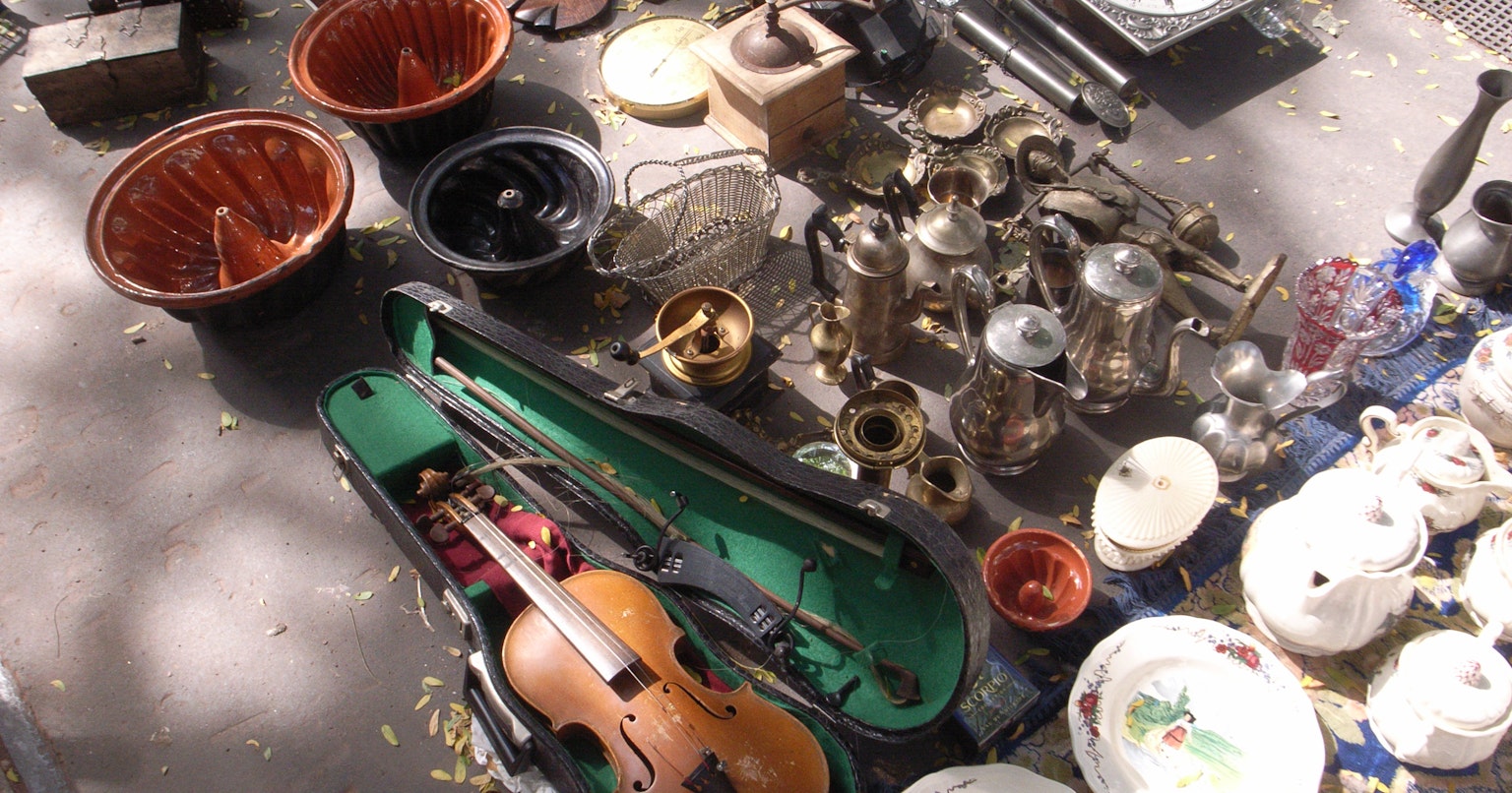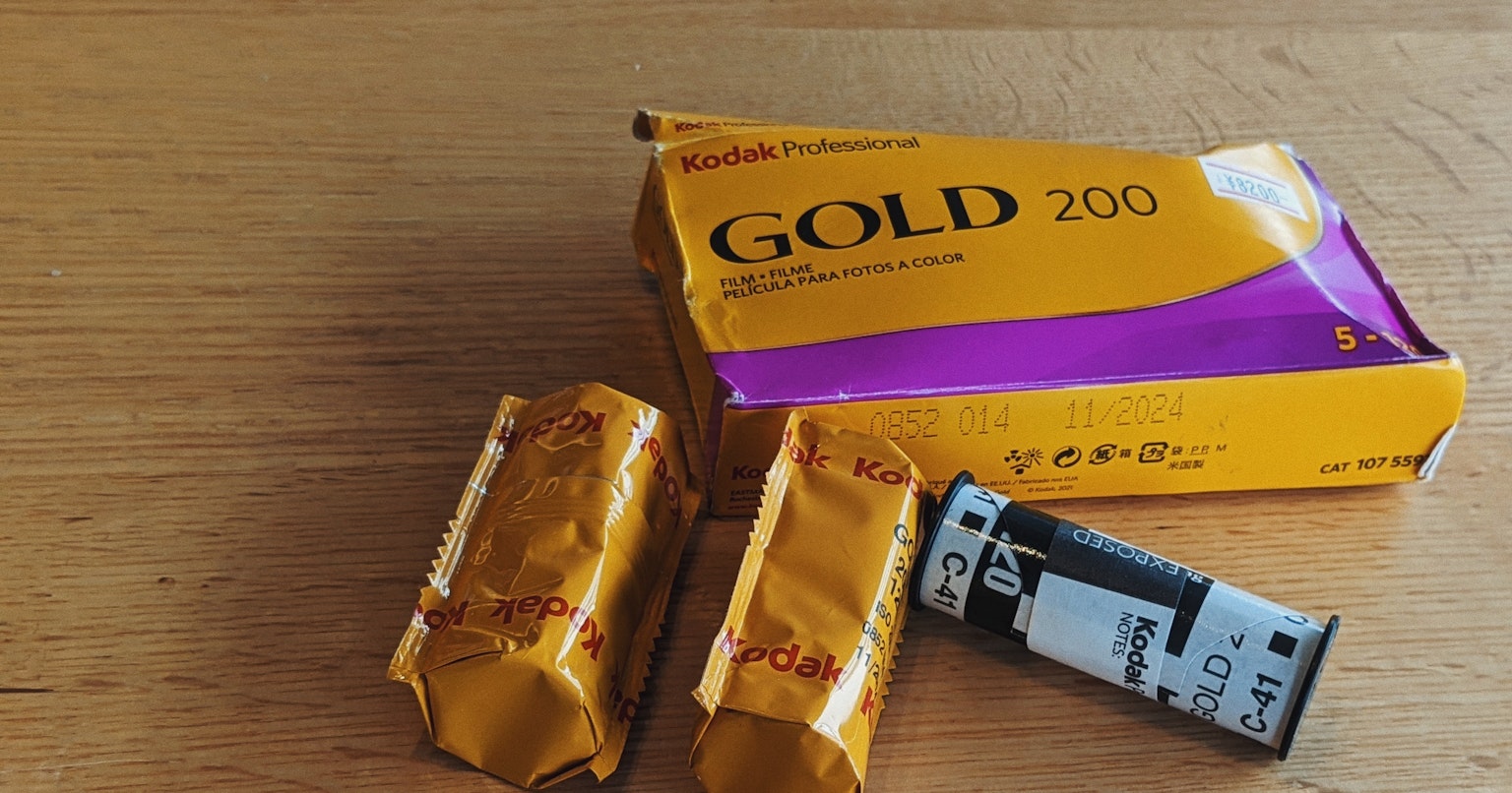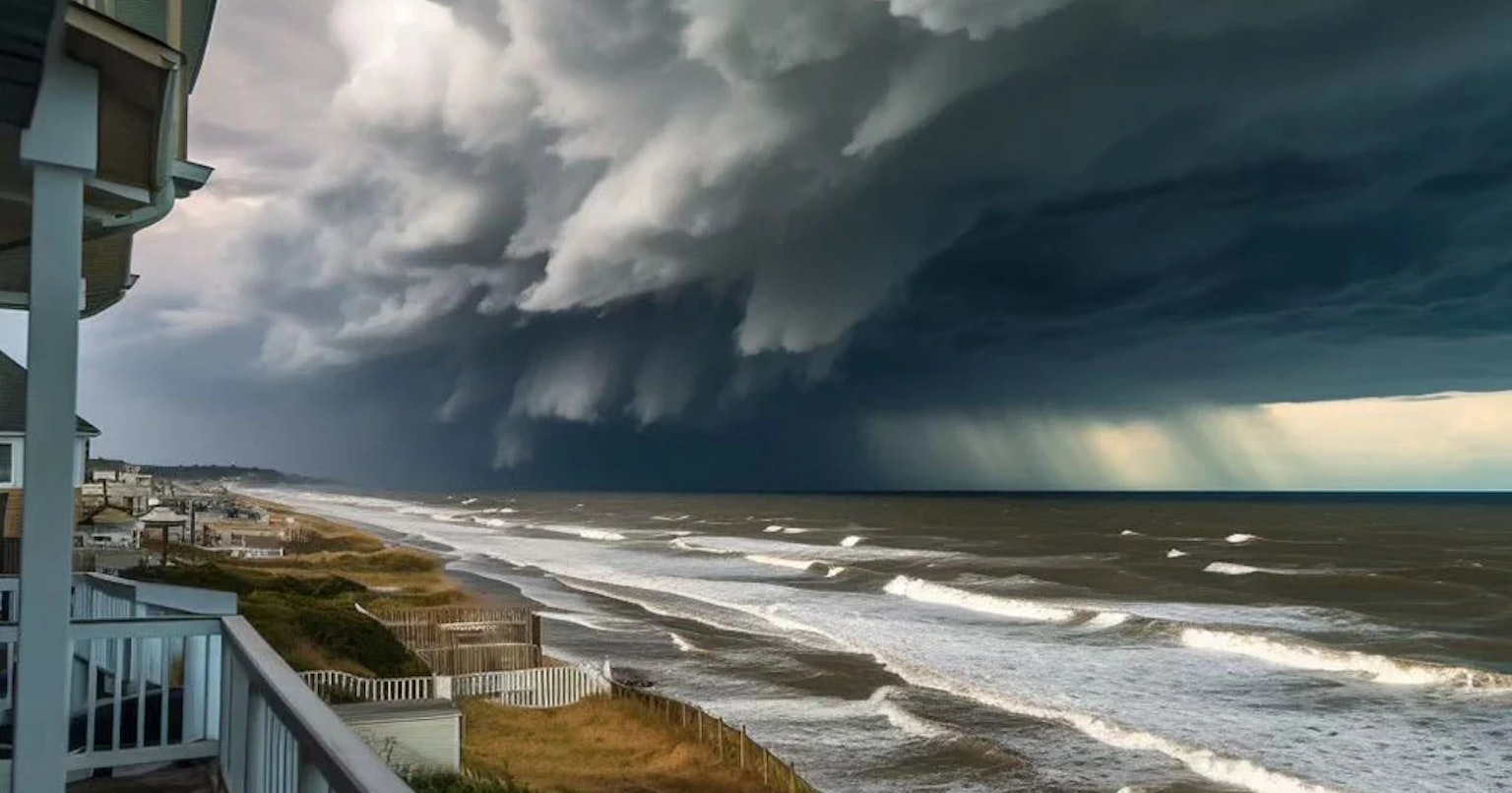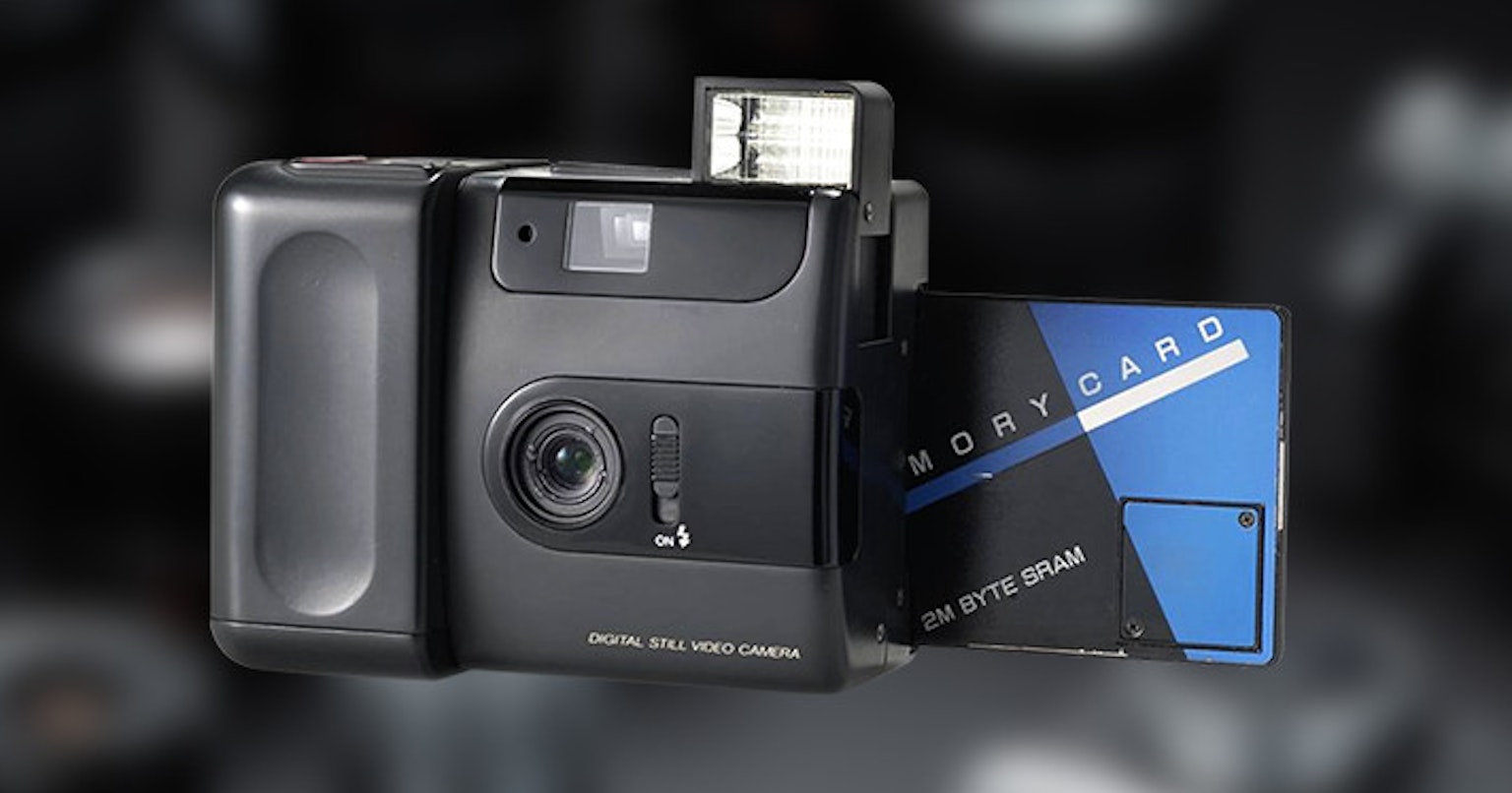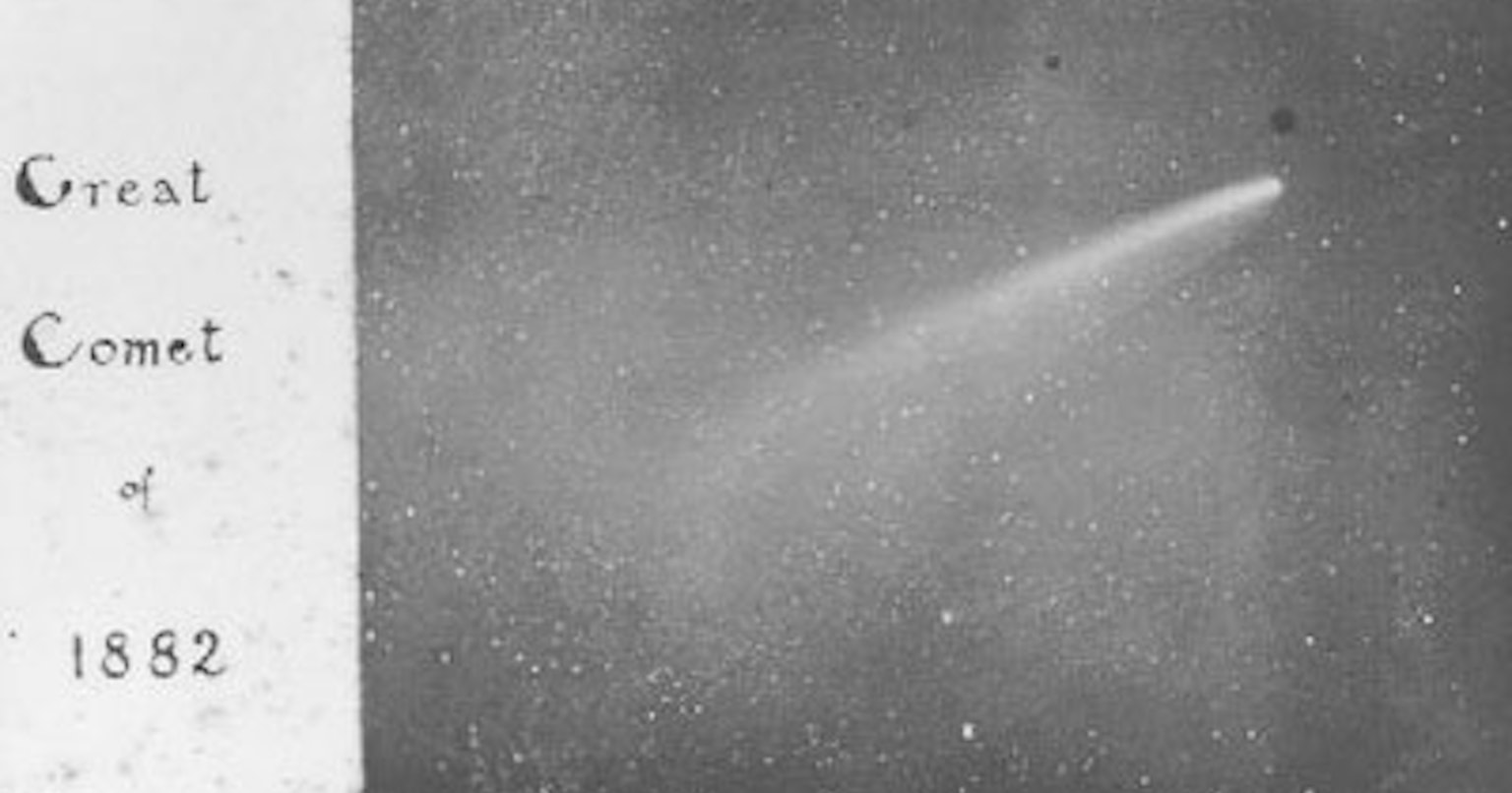
“Space”
・・・
“Space”
・・・
Since ancient times, humanity has gazed up at the starry sky, nurturing curiosity about the shining lights from afar.
The word “space” conjures countless images. Visions where reality and imagination in science and art are intertwined. Though the universe is full of mysteries, we have gradually transformed the unknown into knowledge, forming our image of space. This time, let's touch upon the past memories captured in photographs of the universe.
The Challenge to Capture Light from Space
It was 400 years ago when Galileo Galilei first pointed a telescope towards the night sky. However, even if new celestial bodies were discovered, there were no means of recording them other than sketching at the time. Did the pioneers realize the difference in significance between sketches and photographs as documentation? From the 19th century, around the time of photography's invention, attempts to photograph celestial bodies were repeatedly made.
In the early days of photography, even in bright daylight, exposures of 10 to 20 minutes were necessary, presenting technical limitations for photographing celestial bodies. However, as the performance of photographic plates improved and the processes of developing and fixing became more efficient, plates with sensitivity close to modern ISO 100 film could be produced, gradually changing the situation.
In fact, British astronomer David Gill (1843-1914), who was the director of the Cape of Good Hope Observatory in South Africa, challenged himself to take astrophotographs with a camera intended for portrait photography, achieving numerous successful captures. Among these, the photograph of the Great Comet (C/1882 R1) taken on November 14, 1882, is famous. In an era without digital sensors, humanity succeeded in capturing the light of the universe onto material.
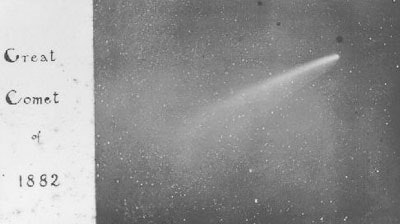
The Great Comet of 1882
Before the Apollo Spacecraft
There may still be many who remember watching the Apollo program's live broadcasts. The unforgettable manned spaceflight program to the moon. Considering that space is still an unknown realm for us today, the idea of humans venturing beyond Earth and crossing planetary boundaries must have been unbelievable, if not awe-inspiring, at the time.
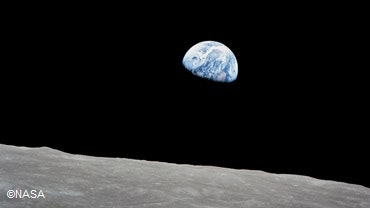
However, before the Apollo program began in 1961, there were daring and brave challengers who attempted to capture images from space.
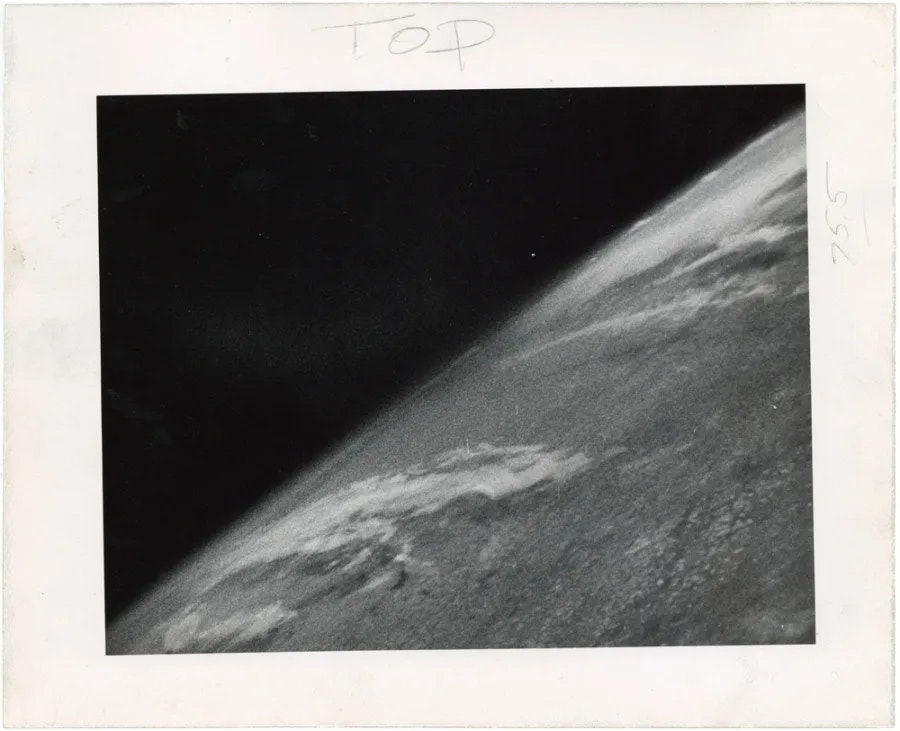
This is a photograph taken by a camera mounted on a V2 rocket launched from the desert of New Mexico on October 24, 1946. This little-known photograph holds great significance as the first image captured from space. Designed to take one image every 1.5 seconds from an altitude of 65 miles, it returned the film to Earth just a few minutes later. This image provided humanity with a new perspective to objectively reassess the existence of Earth from space.
How about it? The ability to imagine the appearance of Earth, where humans have lived for ages, might be a privilege of those of us living today. Enchanted by the light from billions of light-years away and fascinated by space, we feel a longing for the universe from the photographs of space that our predecessors desperately left behind. The inherited curiosity towards the night sky will surely lead to new innovations in the future.
